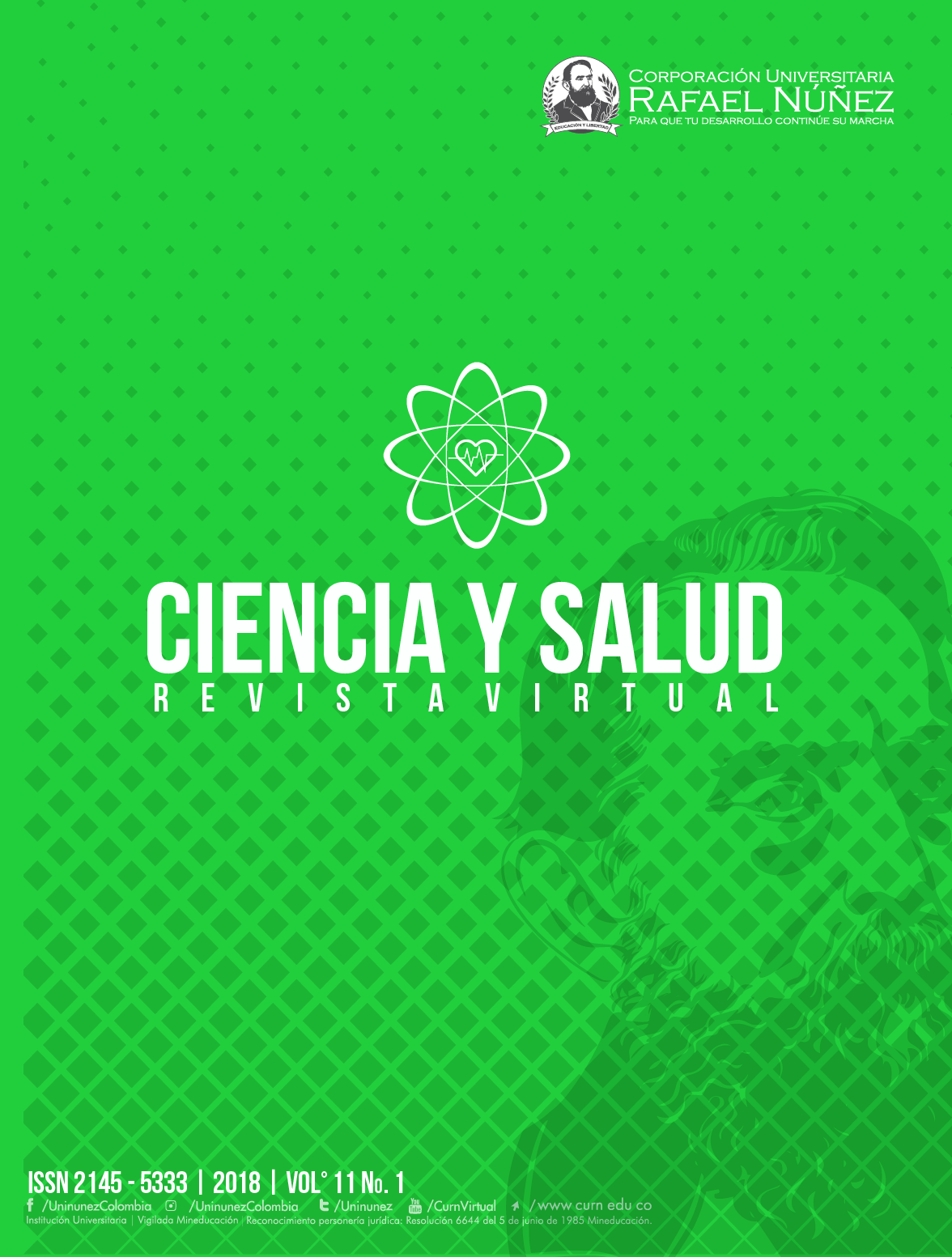Published 2019-06-30
Keywords
- orthopedics,
- pediatric dentistry,
- orthodontics,
- child,
- learning
How to Cite
Abstract
Background: the failure in orthopedic appliance treatments is due to the children's misuse of the appliances, they are not aware of the importance of using them permanently and the long-term damage caused by this cause, as well as the lack of commitment on the part of parents or guardians to motivate them to the proper use of them. Objective: Design methodological strategies that facilitate understanding and importance of the proper use of orthopedic devices in children. Methods: Descriptive cross-sectional study, population 64 children with orthopedic appliances between 7 and 13 years of age attended in the University Dental Clinic, whose parents accepted the participation of their children in the research by signing the informed consent. Two surveys were applied at different times, the first allowed a sociodemographic characterization, the second was applied after socializing the methodological strategies designed (primer, games, video game), to evaluate the scope of these. Results: the interactive application, educational booklet and activities were designed where children were made aware of the importance and benefits of using orthopedic devices permanently. Conclusions: the socialization of the designed strategies allowed 90% of the children to better understand the function of the devices and the importance of using them permanently. In addition, with the completion of this project a social function was fulfilled.
Downloads
References
2. A. M. H. J. A. H. Ana María Valencia, «Tratamiento temprano de la mordida abierta anterior con aparatología ortopédica funcional. Reporte de caso.,» revista estomatologia, vol. 22, nº 2, 2014.
3. U. Grohmann, Aparatologia en ortopedia funcional, AMOLCA, 2010.
4. La educación como determinante de la salud oral,» Revista de la Universidad Javeriana, vol. 32, nº 69, 2013.
5. C. J. Álvarez Montero, «Componente educativo–recreativo–asociativo en estrategias promotoras de salud bucal en preescolares,» Rev Cubana Estomatol, vol. v.43 n.2, 2006.
6. J.-M. M. N. M. J.-A. H. María-Alejandra Cardozo, «Efectos de la ortopedia funcional de los maxilares sobre las dimensiones de los arcos dentales en pacientes con mordida profunda en dentición primaria,» Revista estomatologia, vol. 24 , nº 1, 2016.
7. F. F. Balcázar, BIOSEO – Biomecánica Simple y Efectiva en Ortodoncia, AMOLCA, 2016.
8. M. Condezo, «Tratamiento Craneofacial Miofuncional Postural Clase II con Activador Elástico Klammt II,» Dental tribune, pp. 15-16-17-18, 2015.
9. J. A. y. A. Andrade, «DISYUNCIÓN MAXILAR: PRESENTACIÓN DE UN CASO,» revista venezolana de investigacion odontologica., vol. 6, nº 2, 2015.
10. Comparación e dos programas educativos y su influencia en la salud bucal de preescolares.,» KIRU, vol. 10, nº 1, pp. 18-25, 2013.
11. M. I. J. Domecq, Jugar: la forma más divertida de educar, Palabras, 2005.
12. A. g. moreno, ideas generales sobre el método (manual práctico), 5ta ed., 2014, p. 140.
13. F. Z. O. T. E. G. R. C. C. M. C. S. y. A. P. C. Cristina Pinel Martínez, «La interacción de la frecuencia de juego con la adquisición de hábitos saludables en escolares de Granada,» Revista latinoamericana de tecnologia educativa, vol. 15, nº 2, 2016.
14. R. (. E. e. E. I. M. I. Westerveld Fernández, «Beneficios y efectos positivos de los videojuegos.,» Publicaciones didacticas, pp. 304-307, 2017.
15. L. D. A. S. M. M. J. F. Á. d. Karen Viera Rodrígueza, Joaquín CasadoPardo, «Gamificación: papel del juego en las aplicaciones digitales en salud,» Formación medica continuada en atención primaria, pp. 369-374, 2015.
16. E. d. M. P. L. V. M. R. Y. T. G. Esnaola, «Evaluación y diseño de videojuegos: generando objetos de aprendizajes en comunidades de práctica,» Universidad de Murcia, vol. 33, pp. 22-25, 2012.

